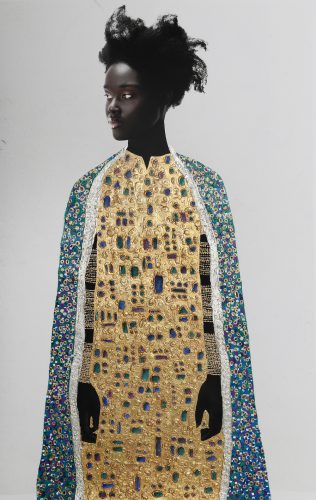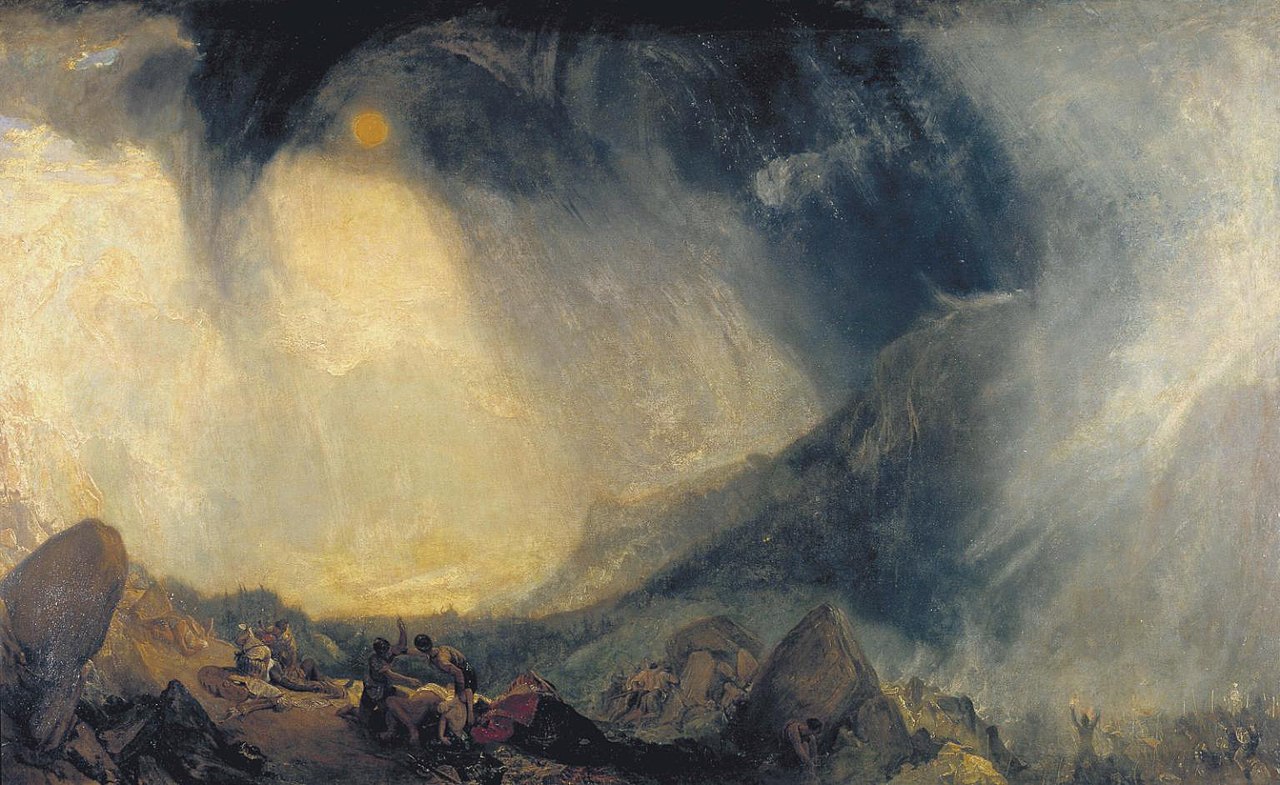Insurance. Most people have some, most likely for a vehicle, perhaps for a house, and sometimes for their very lives. Obama briefly made health insurance a requirement for all Americans with the Affordable Care Act’s individual mandate. What a lot of artists avoid or put off is buying insurance specifically for their art business. Similar to hiring a lawyer to help with contracts, many of us figure our art is covered well enough by our home or renter’s insurance. It turns out, that assumption leaves you totally unprotected.
Insurance is actually a pretty new industry. It was just getting started in the last pandemic, the Spanish flu of 1919, which caused an explosion of growth with traumatized people buying life insurance in huge numbers for the first time. A Google search for “why is insurance” brought up suggestions of “expensive,” “complicated,” and “high” in that order, indicating that the public perception of insurance is that most of us feel like we’re paying a lot of money for something we don’t really understand. And yet, with the general consensus that we need it, the questions really are: what kind of insurance do I need and how much is it going to cost?
In an effort to make a dry subject a little more enthralling, I’ve provided a number of scenarios in this article, but please remember: I am not an insurance broker, and the companies mentioned here have not paid for an ad. The bottom line is that you need to do your own research to purchase the right package for yourself and your specific professional needs. I consulted two insurance companies for this article that specialize in different sectors of the art insurance market—Veracity Insurance, based in Utah, which offers a popular policy specifically for creatives called ACT (Artists, Crafters and Tradesmen) which covers artists participating in public events such as conferences and fairs, and MDP Insurance, based in Maryland, which specializes in putting together packages for general liability and artist inventories.







